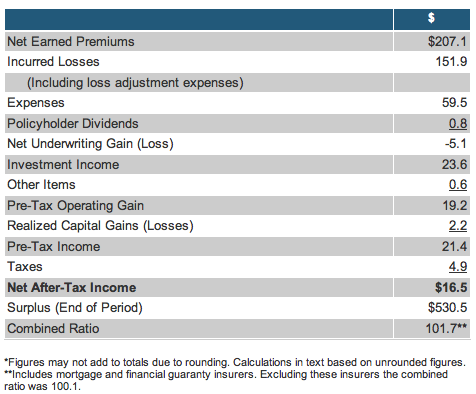Surprisingly, only about 12% of insured households in California currently have earthquake insurance. For such an quake-prone area, 12% is just not enough and, luckily, a new initiative may provide a sharp increase in the number of households with coverage against such catastrophes.
According to a RAND Corporation study, a proposal for the federal government to support state-run catastrophe insurance programs would increase the number of people buying earthquake coverage in California. The plan would also lower both uninsured losses and government assistance following a major quake. The four main tenents of the Catastrophe Obligation Guarantee Act (COGA) are:
- lower insurance costs
- more households with earthquake insurance coverage
- decrease in uninsured losses
- decrease in demand for federal disaster assistance
The RAND Corporation’s study estimates that lower premiums will produce a 13.2% increase in the purchase of earthquake insurance from the California Earthquake Authority, the privately-funded organization that provides earthquake insurance to the state’s residents.
“While catastrophe obligation guarantees could substantially reduce earthquake insurance costs in California, they would ultimately have a modest effect on decreasing uninsured losses and reducing the amount of disaster assistance spending.” said Tom LaTourrette, lead author of the study and a senior physical scientist with RAND, a nonprofit research organization.
So, though the study predicts an increase in the purchase of earthquake insurance, a substantial portion of earthquake losses are expected to fall below policy deductibles. Thus, an increase in coverage would translate to “less than a 1% increase” in the amount of losses that would be reimbursed. So while COGA is expected to decrease the amount of uninsured losses after a California quake, it is not a total solution. The study suggests that officials consider other avenues for increasing earthquake insurance coverage, such as public education and marketing and new, more attractive earthquake insurance products.

